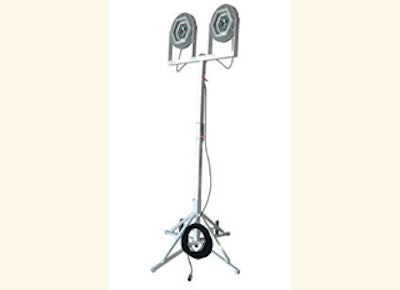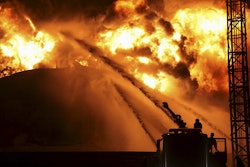
Not all operating environments are the same and the differences in a location's environmental characteristics can have a significant impact on how lighting equipment performs. Differences in humidity, wetness, and temperature ranges, the presence of corrosives, and the presence of flammable or explosive gases and vapors can pose a serious challenge for electrical lighting. Damp and wet areas, although they are similar, represent different challenges and are not interchangeable in meaning. As a result, fixtures must be specifically designed and approved for use according to the type of environment it will encounter.
If an area will expose a fixture to high humidity or condensation buildup, then it is considered a damp location. If an area will expose a fixture to direct contact with water, either as mist, light spray, or water under pressure such as from jets or nozzles, then it is considered a wet location. If lighting is to be installed in these types of environments it must carry approvals from accepted independent third party testing laboratories that have ensured the fixtures adhere to the guidelines set forth in the National Electrical Code, or NEC for short. Fixtures approved for wet locations may be used indoors or outdoors in locations that experience wet, dry, or damp conditions. Fixtures approved for damp locations can be used indoors or outdoors in locations that only experience dry or damp conditions.
[Continue Reading...]



















